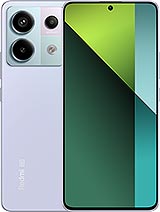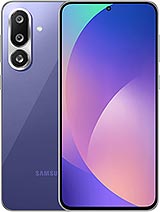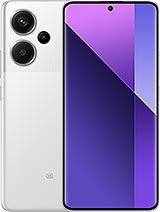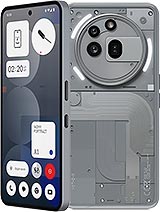Poco X7 alternatives
Tap above to see alternatives.
Redmi Note 13 Pro alternatives
Tap above to see alternatives.
Redmi Note 13 Pro

Redmi Note 13 Pro
-
Snapdragon 7s Gen 2
4 nm
-
5100 mAh
67W
-
6.67"
1220x2712 pixels
-
200 MP
4K@30fps
-
Specs

4x2.5 GHz Cortex-A78
4x2.0 GHz Cortex-A55
4x2.40 GHz Cortex-A78
4x1.95 GHz Cortex-A55
8GB 256GB (UFS 2.2)
8GB 256GB (UFS 2.2)
12GB 256GB (UFS 2.2)
12GB 512GB (UFS 2.2)
16GB 512GB (UFS 2.2)
f/1.5, 26mm (wide), 1/1.95", 0.8µm, PDAF, OIS
8 MP
f/2.2, 15mm, 120˚ (ultrawide), 1/4.0", 1.12µm
2 MP
f/2.4, (macro)
f/1.7, 23mm (wide), 1/1.4", 0.56µm, multi-directional PDAF, OIS
8 MP
f/2.2, 118˚ (ultrawide)
2 MP
f/2.4, (macro)
1080p@30/60/120fps
1080p@30/60/120fps
f/2.2, 25mm (wide), 1/4.0", 0.7µm
f/2.4, (wide), 1/3.06", 1.0µm
SIM1: Nano, SIM2: Nano
SIM1: Nano, SIM2: Nano
FDD: N1, N2, N3, N5, N7, N8, N20, N28
TDD: N38, N40, N41, N48, N77, N78
FDD: N1, N3, N5, N8, N28
TDD: N38, N40, N41, N77, N78
FDD: N1, N2, N3, N5, N7, N8, N20, N28
TDD: N38, N40, N41, N48, N77, N78
FDD: N1, N3, N5, N8, N28
TDD: N38, N40, N41, N77, N78
In this performance comparison, the Poco X7 with its Mediatek Dimensity 7300 Ultra (4nm) performs better than the Redmi Note 13 Pro with the Qualcomm Snapdragon 7s Gen 2 (4nm), thanks to superior chipset efficiency.
Both Poco X7 and Redmi Note 13 Pro offer the same software support — 3 years of OS updates and 4 years of security updates.
Both Poco X7 and Redmi Note 13 Pro feature AMOLED displays, offering vibrant colors and deeper blacks. Both smartphones offer the same 120 Hz refresh rate. Poco X7 also boasts a brighter screen with 3000 nits of peak brightness, enhancing outdoor visibility. Both phones have the same screen resolution.
Poco X7 comes with a larger 5500 mAh battery, which may offer longer usage on a single charge. Redmi Note 13 Pro also supports faster wired charging at 67W, compared to 45W on Poco X7.
Poco X7 offers better protection against water and dust with an IP69 rating.
- Poco X7 – Check price here
- Redmi Note 13 Pro – Check price here
¹ Scores can vary even with the same chipset due to RAM, thermals, and software optimization.











